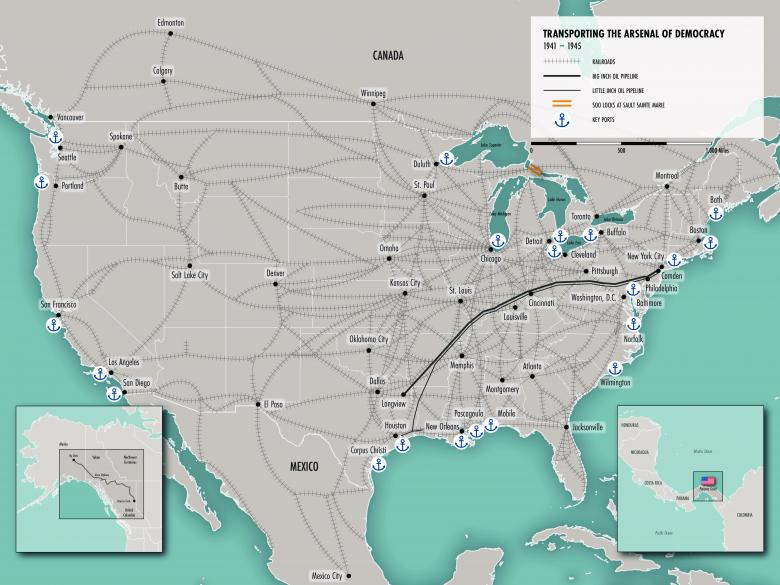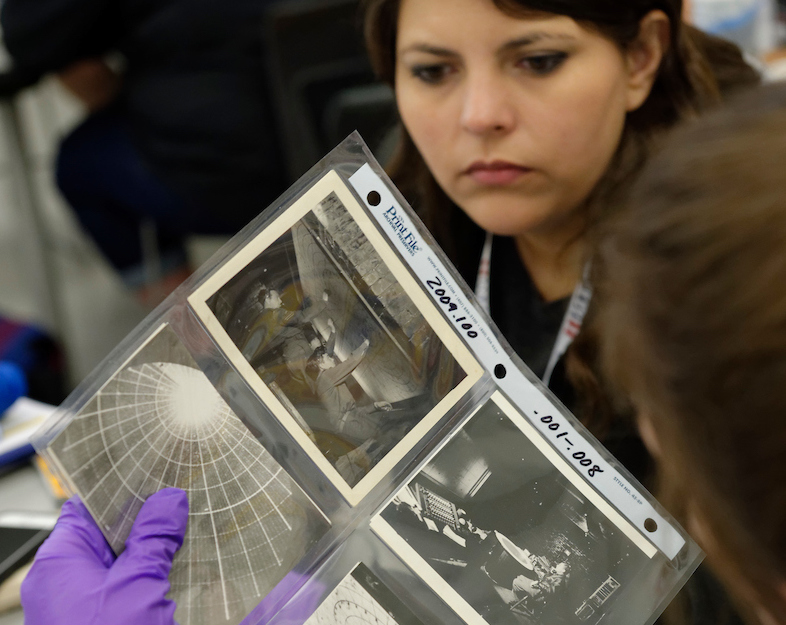When the United States declared war on Japan on December 8, 1941, one day after the infamous attack on the US naval base at Pearl Harbor, the country was suddenly driven out of a period of isolationism and onto the world’s stage as it mobilized the great arsenal of democracy. The journey was not easy, as the United States had to tackle significant challenges at home to meet the sudden demand for supplies and equipment needed to prepare for battle. Through essays, lesson plans, and multimedia resources, this curriculum guide will help students explore how the nation came together to solve complex problems created by the war, as well as the impact it had on the lives of everyday Americans due to wartime practices such as rationing, the draft, and segregation.
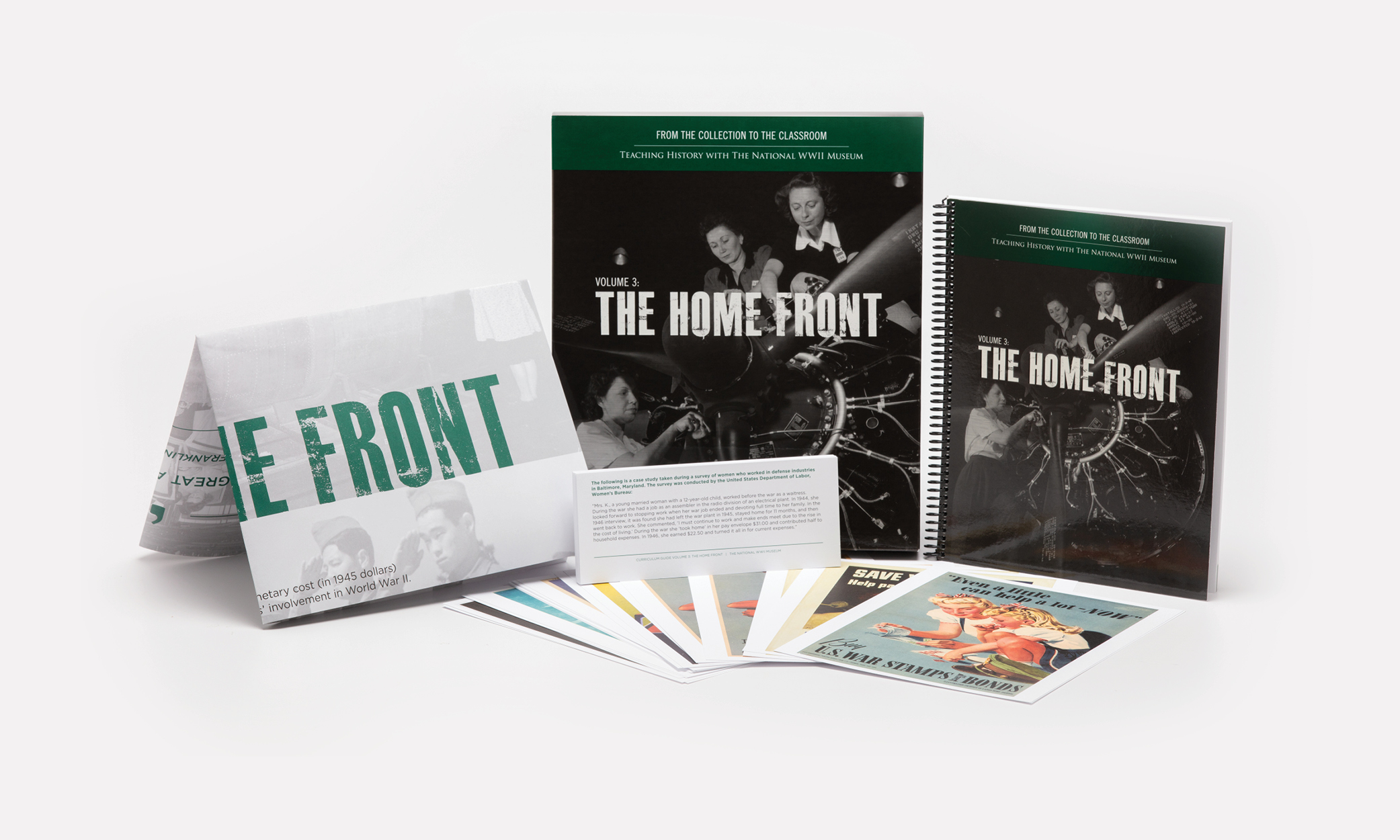
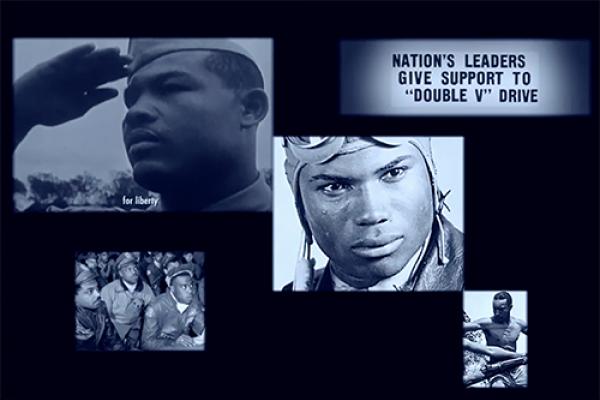
This video discusses the issues of prejudice and discrimination affecting Hispanic Americans, Japanese Americans, Native Americans, and African Americans both in the military and on the American Home Front.
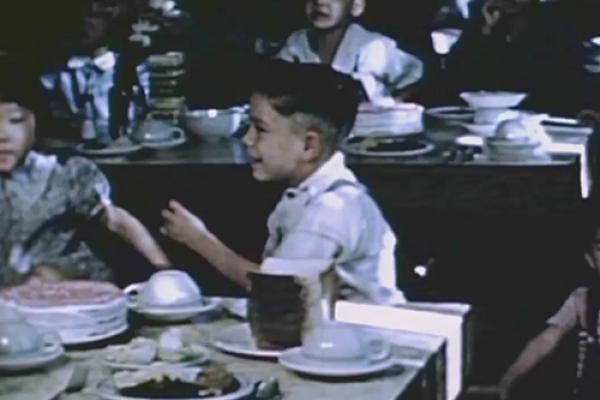
This video details the experiences of Japanese Americans in the aftermath of Executive Order 9066 and their subsequent forced evacuation and incarceration.
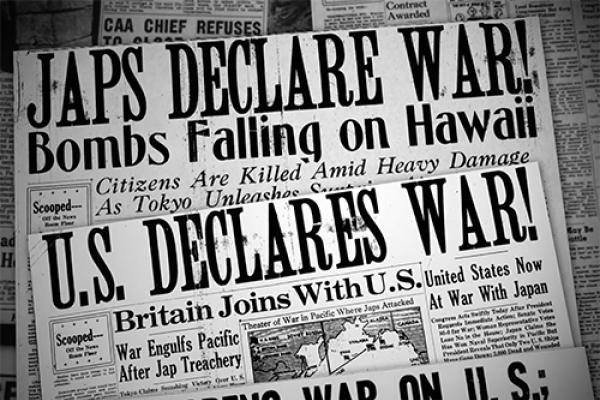
This video presents a collage of archival footage and newspaper headlines illustrating the various elements of America's response to the war - military training, women in industry, rationing, scrapping, and Victory Gardens.
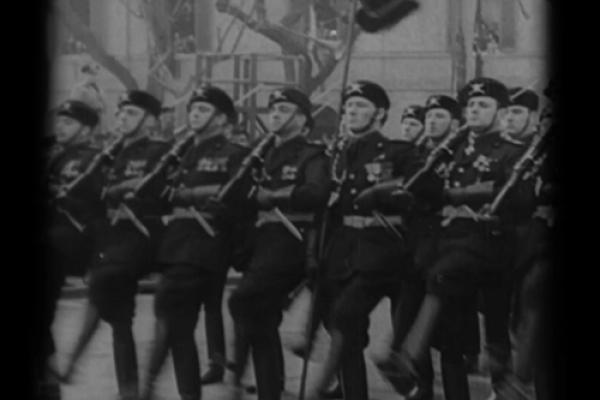
This video discusses the interwar period and the rise of totalitarian regimes in Europe and Asia.
Gender on the Home Front
The changes wrought by World War II on the United States' Home Front led Americans to rethink their ideas about gender, about how women and men should behave and look, what qualities they should exhibit, and what roles they should assume in their families and communities.
World War II and Popular Culture
World War II touched virtually every part of American life, even things so simple as the food people ate, the films they watched, and the music they listened to. The war, especially the Allies’ effort to win it, was the subject of songs, movies, comic books, novels, artwork, comedy routines—every conceivable form of entertainment and culture.
Innovating for Victory
World War II brought forth innovations both on the battlefield and the Home Front. Many of these innovations transformed the very nature of warfare for future generations, and had a significant impact on the lives of civilians as well.
The Double V Victory
During World War II, African Americans made tremendous sacrifices in an effort to trade military service and wartime support for measurable social, political, and economic gains. As never before, local black communities throughout the nation participated in wartime programs and intensified their demands for social progress.
Rationing
World War II put a heavy burden on the United States’ supplies of basic materials like food, shoes, metal, paper, and rubber. To meet this surging demand, the federal government took steps to conserve crucial supplies, including establishing a rationing system that impacted virtually every family in the United States.
